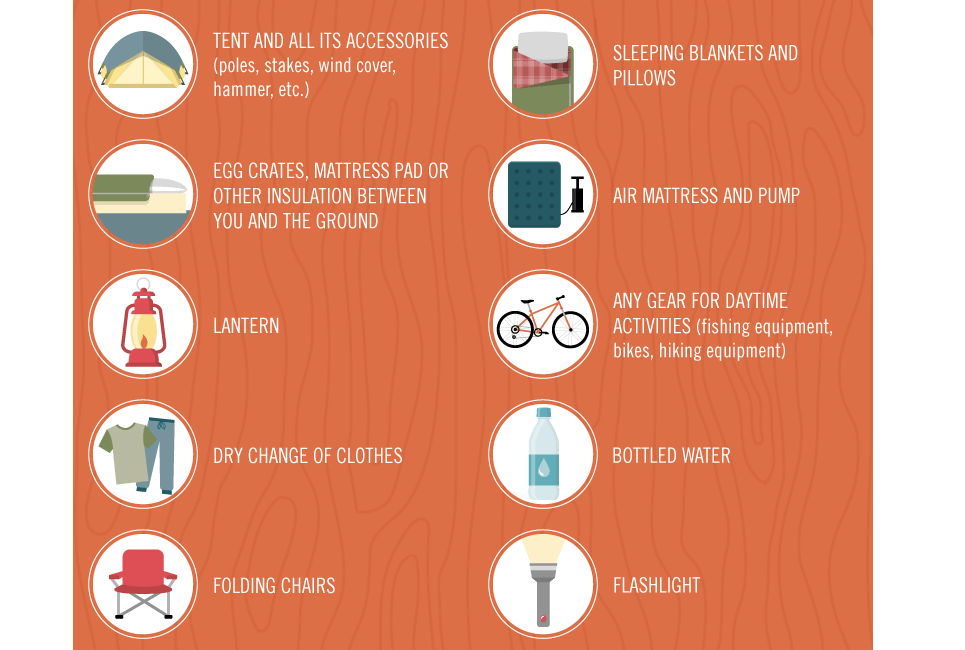When you plan your outdoor camping journey, you most likely consider what weather conditions to anticipate and what temperature-appropriate garments to pack. However do you also prepare for methods to stay trendy in the extreme sun?
Having adequate shade at the campsite is a vital enhancement to any outdoor camping experience. Luckily, there are various DIY outdoor camping shade alternatives that can assist.
Tarp Awnings
Whether you intend to protect backyard barbecue tables or produce a kids' play edge, this no-tools tarp arrangement provides you fast color without extra price. It's likewise adaptable, so you can relocate or resize it as needed.
Get hold of a canvas drop cloth with grommets in the edges at a home center or exterior supply store. If you prefer a tarpaulin, look for one that's sturdy and UV-resistant to keep it from fading in the sunlight.
Drill openings near each edge of the ground cloth where you wish to slow to the wall making use of metal screw eyes or hooks. Run cable or rope with each opening, then link it around the tarp and the screw eyes or hooks.
Link the staying edges at lower indicate produce an incline for air flow and water drainage in case it rains. If winds are solid, pull cables tight and add ground risks to avoid the tarpaulin from flapping.
Coastline Umbrellas
When you're planning for a day at the coastline, sunlight security is vital. A beach umbrella allows you craft a comfortable sanctuary with the perfect amount of color for your household or singular retreat. Select a light-weight color that will certainly reflect UV rays and keep you cool down and safeguarded, or select a darker canopy that is crafted with a sun-protective material for optimum coverage. Include a dash of style with a candy striped or floral shade, or boost your beach trip with a tiki-style bamboo and hand thatch umbrella. For added benefit, pick a beach umbrella camping tent crossbreed with an easy-to-position frame that keeps you loosened up all day long.
Mylar Blankets
Commonly made of foil-like products such as Mylar, these coverings are generally used as emergency situation thermal insulation, mirroring body heat back to the wearer throughout winter. They also work as tarpaulins, shielding equipment from rain and sunlight, and can be turned into makeshift shelters during outdoor camping journeys.
The lightness and compactness of Mylar tarps make them very easy to lug as well as store. Nevertheless, it is necessary to carefully fold them after each use in order to stop sharp folds from weakening the material. Additionally, they must be saved in a cool and dry location to prevent the threat of mold and mildew or mildew.
One camper who uses a Mylar tarp to produce color with his outdoor tents defines how he sets up the blanket by prolonging it from the poles outside of his trailer and connecting it to the fly. He after that safeguards it strongly with ropes and weights along the tent maintenance sides. He includes that the result is a sturdy and dependable shelter that uses security versus rainfall, wind and snow.
